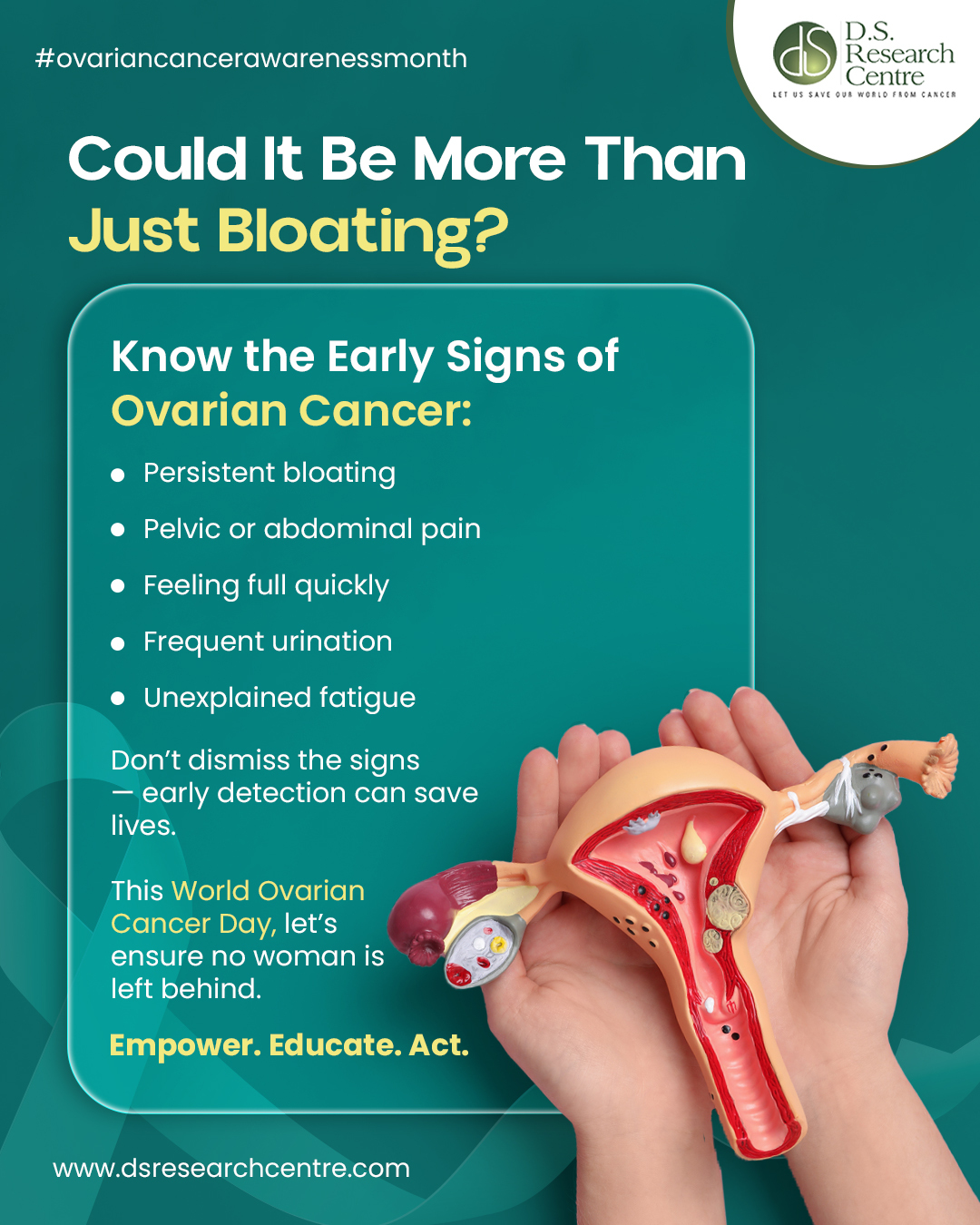The field of Healthcare has shown tremendous progress in terms of Diagnosis & Treatment, but Cancer remains the most horrifying diagnosis, one of the most terrifying symptoms of Cancer is Pain, which becomes chronic, persistent & debilitating in the Advanced Stage of Cancer. Approximately, 50-60% of cancer patients experience pain, which aggravates the disease’s advancement. In 80-90% of Advanced Stage of Cancer, the pain intensifies when Cancer has spread to Bones. Severe pain can interfere with physical rehabilitation, mobility, and proper nutrition, which leads to Depression. So, the goal for Pain management should be set to address all these factors.
IASP definition of Pain:-
It is an unpleasant sensory & emotional experience associated with actual or potential tissue damage or described in such terms of damage.
What Causes or Worsens Pain:-
- Pain from cancer can be caused by a tumor pressing on nerves, bones, or organs.
- Spinal cord compression: When a tumor spreads to the spine, it can press on the nerves of the spinal cord. This is called spinal cord compression. The first symptom of spinal cord compression is usually back and/or neck pain. Numbness or weakness may also be noted in the arm or leg. Coughing, sneezing, or other movements often worsen the condition. Further, the patient may lose control over the bladder/bowel or may render Paralyzed.
- Bone pain:- When Cancer has spread to Bones, this type of pain develops. In this stage patient experiences severe pain, restricted movement, pain while movement. Bones gradually start weakening leading to fracture.
- Pain due to surgical procedures, treatments, and investigations.
- Phantom pain: Phantom pain is a longer-lasting effect of surgery, beyond the usual surgical pain.
Classification of Pain:-
- As per Duration
v Acute,
v Sub-acute &
v Chronic,
- Nociceptive Pain,
- Neuropathic Pain,
- Psychogenic Pain,
- Breakthrough Pain:- Mostly occurs in the advanced stage of Cancer, where pain can be directly related to tissue damage. In the Advanced stage of Cancer formation of large tumor occurs which destroys or creates pressure on adjacent tissues, bones, or nerves. Tumor may also cause lumen blockades such as the digestive system, blood vessels, and lymph vessels
- Pain asymbolia (ex., Diabetic Neuropathy),
- Pain may also develop as adverse effects of Chemotherapy & radiotherapy. Peripheral neuropathy, radiation mucositis usually develop as side effects. The throat, intestine, and bladder are also prone to radiation injury.
Pain Management Protocol by WHO:-
Definition & Nature of Pain in Ayurveda:-
Ayurvedic texts, various terms such as, Ruk, Ruja, Vedana & Shool are commonly used for pain, however, ‘Shool’ is a more appropriate term amongst all which means – a condition with state of discomfort to body & mind. Thereby, stating the definition of Shool as an experience similar to driving a nail into the body of the person. It has been further elaborated that out of Tridoshas, vitiated ‘Vata’ is the main causative factor responsible for all painful conditions
Management of Pain in Ayurveda:-
Pain management in Ayurveda has a holistic view that incorporates several therapeutic procedures and behavioural modifications under the basic principles of Ayurveda. Hence, prescription for pain in Ayurveda varies because Ayurveda considers pain as a subjective phenomenon as tolerance towards pain also depends on our Sattva & Manas Prakriti. Therefore treatment for pain in Ayurveda includes therapy to both body and mind. For a complete effective approach, medication & integrative methods are incorporated to alleviate Pain.
What Alleviates Pain
Deep physical and mental relaxation reduces anxiety and can help a person to better cope with pain. Methods that can be considered along with medication:-
- Pranayama:– Anulom- Vilom; can soothe the nervous system and manage stress.
- Snehan & Swedan:– Light soft massage works by soothing soft tissue and encouraging relaxation. Neuro-hormonal effects due to Bahya Snehan has been established, stating that massage increases levels of Dopamine, increases the availability of serotonin, may elevate epinephrine(adrenaline) and release endorphins All these neuro-hormones alter brain chemistry which in turn reduces the response to pain sensation. The role of Swedan is best understood with Transient Receptor Potential Channels. These receptors are mainly found in nociceptive neurons of the peripheral nervous system.
- Meditation: – Helps to bring a feeling of calmness, increasing Satwa of the patient.
- Yoga: – is an ancient Indian system of postures synchronized with the breath.
To conclude, our current approach to Pain management in the Advanced Stage of Cancer should be more individualized, based on the type of Cancer, Stage of Cancer, the treatment being followed by the patient, physical health & mental status of the patient. This will also help to provide faster & better comfort to the patient, thus improving quality of life. The approach must be interdisciplinary considering the entire participating factor.
H.O.P.E.
Hold On, Pain will End.








Posted on April 15, 2016
Posted on April 15, 2016